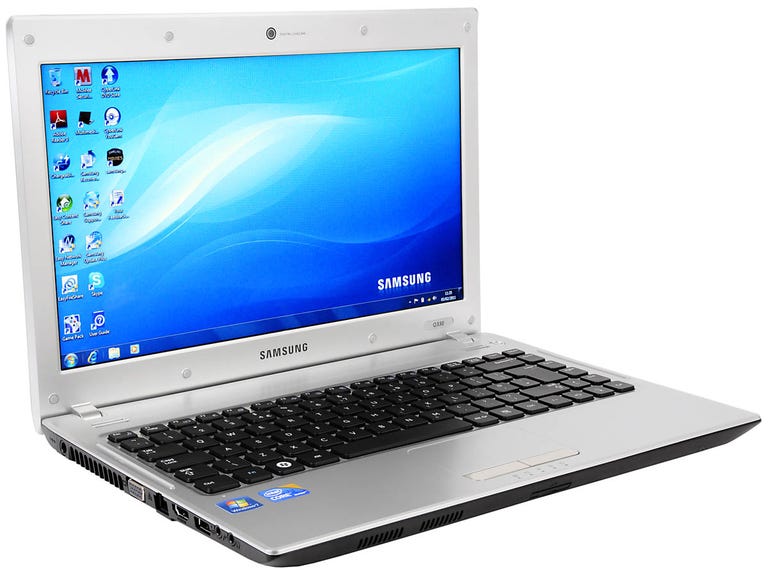 Why You Can Trust CNET
Why You Can Trust CNET Samsung Q330 (Core i3-370M) review: Samsung Q330 (Core i3-370M)
The latest Samsung Q330 has a slightly more powerful processor and a tweaked design. Overall, this 13.3-inch laptop is still great, but rival machines offer better graphics performance.
We gave the 13.3-inch Samsung Q330 an extensive going-over in August last year. But Samsung's been kind enough to send us over a new version, with a slightly more powerful Intel Core i3-370M processor. We thought we'd see how the new version stacks up in our benchmark tests, and figure out whether it's still a worthy machine half a year on. It's available online for around £525.
The Good
The Bad
The Bottom Line
Pretty good lookin'
We were really impressed by the previous Q330. It offered spanking performance, good looks, and made a great option for people seeking a portable machine. The good news is that, in terms of portability, the new Q330 is pretty much exactly the same, so, if your main priority is acquiring a laptop that you can chuck in a bag and sprint out of the house with, it's still a great proposition.

The design has been changed slightly. The lid now sports a distinctive, diagonally striped pattern. It's better than the old design, which had a boring, black, brushed-aluminium effect. While the new lid is hardly the snazziest thing we've ever clapped our peepers on, it's pretty good looking. The build quality is up to snuff too -- this laptop isn't going to fall to pieces with the first little bump.
Get tested
The new laptop rocks a dual-core, 2.4GHz Intel Core i3-370M CPU, in contrast to the older model's dual-core, 2.26GHz Core i3-350M. They're very similar chips, and all the other components remain unchanged. There's still 3GB of RAM, and still no graphics card.
In the PCMark05 benchmark test, which measures a laptop's overall performance, the new Q330 scored 5,412, which is an improvement over the 5,156 achieved by the previous version. It's not a radical shift, but it's still good to see, and such a score is excellent for a laptop under £600.
The new Q330's graphics performance is rubbish, though, because there's still no dedicated graphics card. Instead, it runs on an integrated Intel GMA HD graphics chip. In 3DMark06, the new Q330 mustered a rather paltry score of 1,603. The older model managed a marginally better 1,709, but that's a pretty negligible difference. Don't expect to play any cutting-edge games on this machine.
Overall, then, the new Q330 is still a solid performer, and the updated processor gives it slightly more oomph. We should mention, though, that, since August, we've seen some cracking laptops that offer marvellous overall performance and graphical capability for only slightly more money. For instance, Samsung's brilliant Q430, which has an Nvidia GeForce 310M graphics card, can now be acquired for around £580.
Conclusion
The new Samsung Q330 is still a great laptop. We like the minor design revisions and the new processor improves performance ever so slightly. The machine is no longer quite as impressive as it was back in August, but it's a solid option nevertheless.
Edited by Charles Kloet


